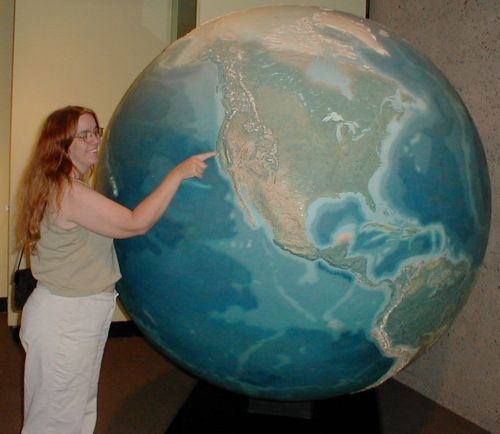The
Firefighter Blog links to a June 23
satellite image showing smoke from fires all over Northern California. This blogger says that the remnants of the
Wild Fire along the Napa/Solano County line is visible; I can't see it. But I can see columns of smoke rising in Mendocino, Shasta, Monterey, Butte, and Trinity Counties, at the very least. Anywhere structures, people, farms, etc. aren't threatened, the fires are being left to burn, which makes a lot of sense given how California's ecosystems evolved to be healthier in the presence of fire. After this last weekend of dry thunder storms, most of the fires are lightning-started, but at least one of the big fires this past week was an arson fire.
Aside from the alpine and northwest corner rainforest ecosystems, California's endemic plant life is fire-adapted. Once manzanita is 15 or 20 years old, it's unhealthy. When fire approaches, it bursts into flame; after a fire, the manzanita regrows, healthy and young, from the rootstock. Bishop pine cones open properly only in real heat. I once took part in a seedling-count for a study of plant regeneration after the
Vision Fire on Point Reyes. There were many times -- in places, ten times or more -- more Bishop seedlings under burned trees than in unburned areas, in April, because Bishop pine cones open in heat, open when fire is burning under them. In fact, on the whole, the burned out areas are
healthier than ever. Redwood trees seed on bare mineral soil, but shed a lot of duff. Their seeds sprout best on soil that's been brought to bare dirt by flood or fire. We need to burn here. But with so many people in wooded and brushy areas, now, we can't let every fire burn, and some of our wildlands have had fire suppressed for so long that when they finally burn, it will be with devastating heat and height.
California's a beautiful place, but here, nature seems to like to remind us we're not in charge, and only sometimes know what we're doing.
